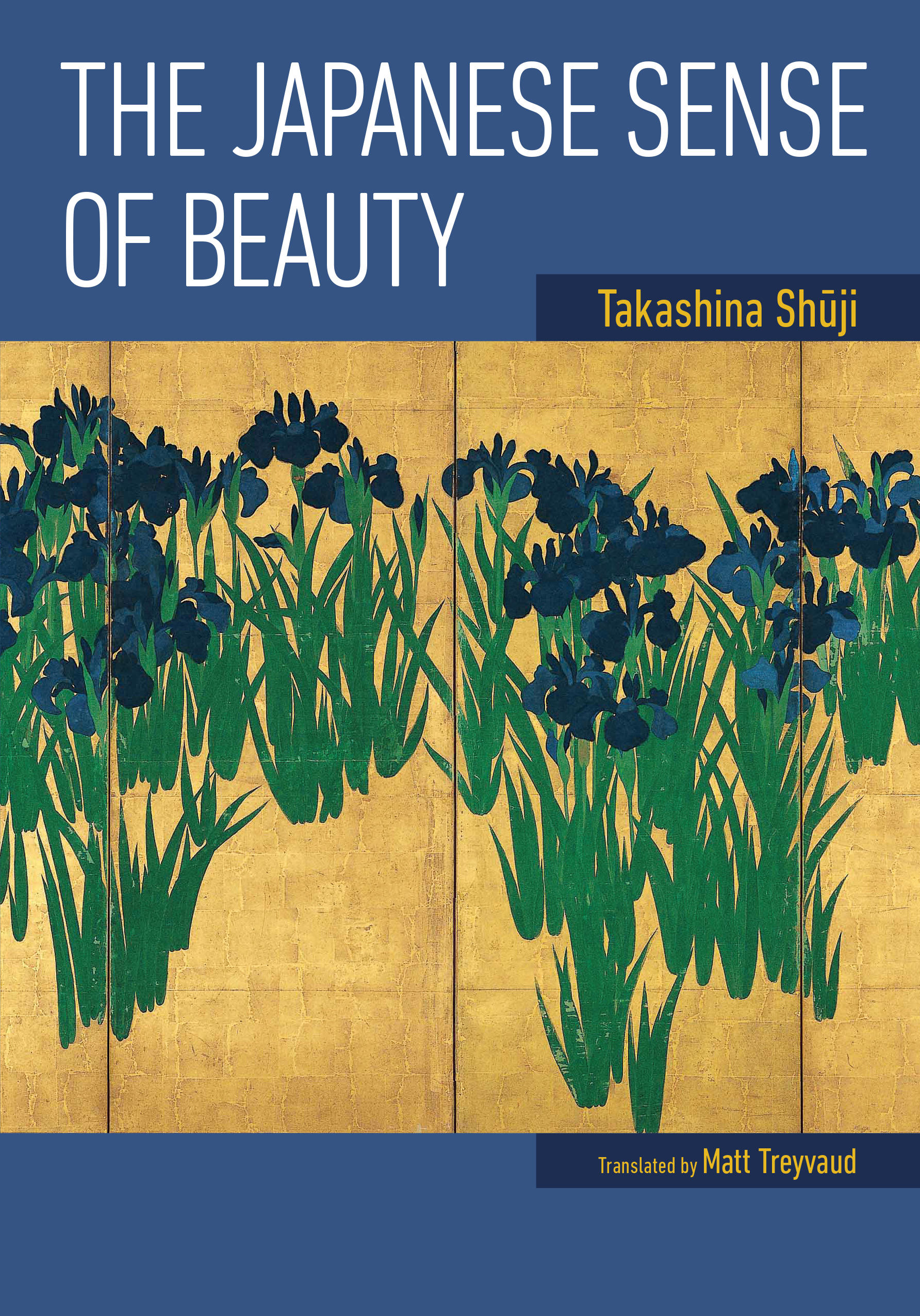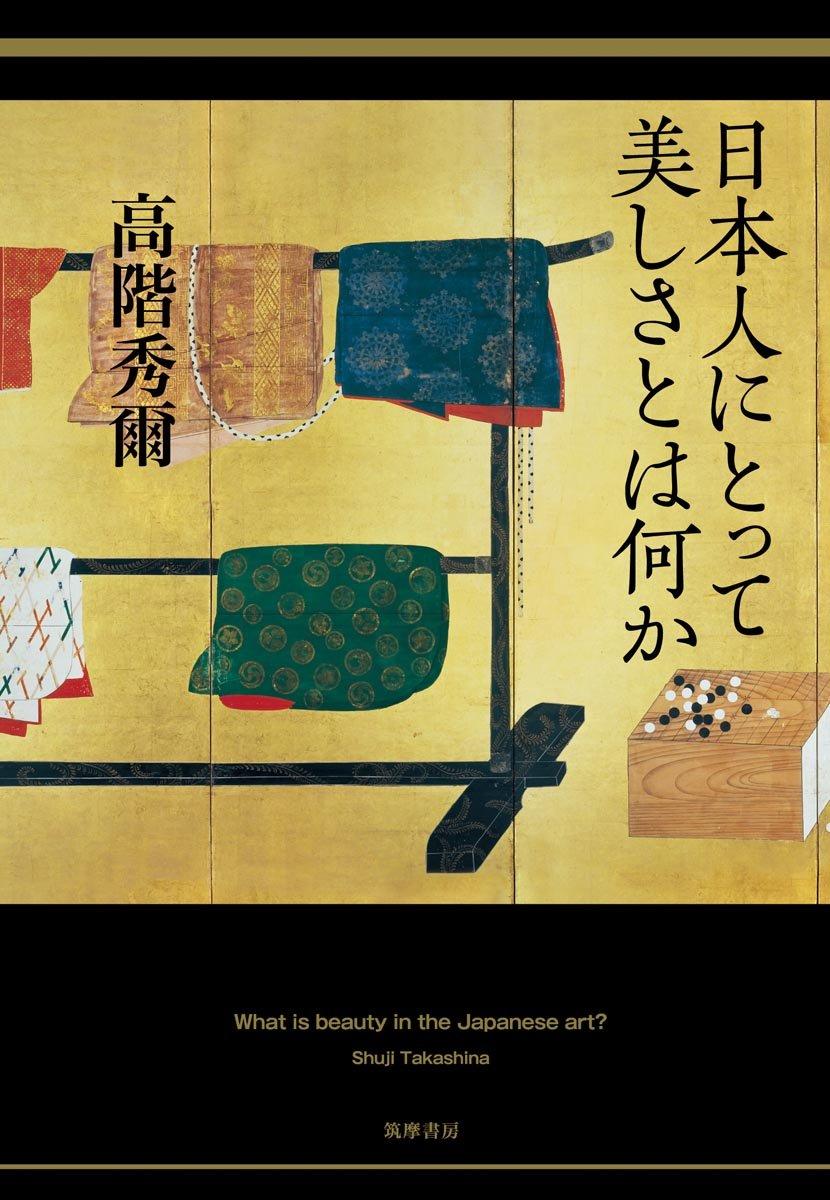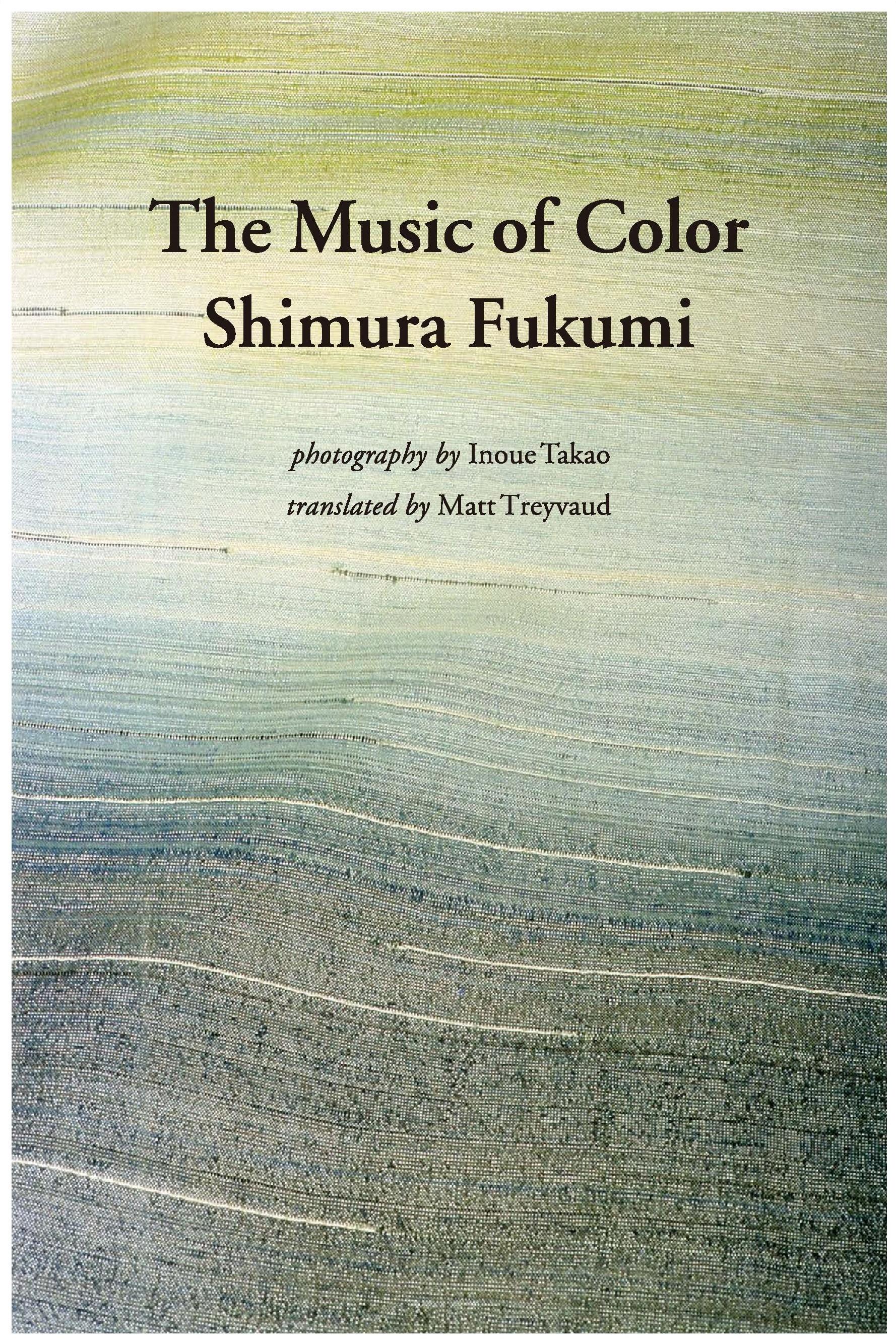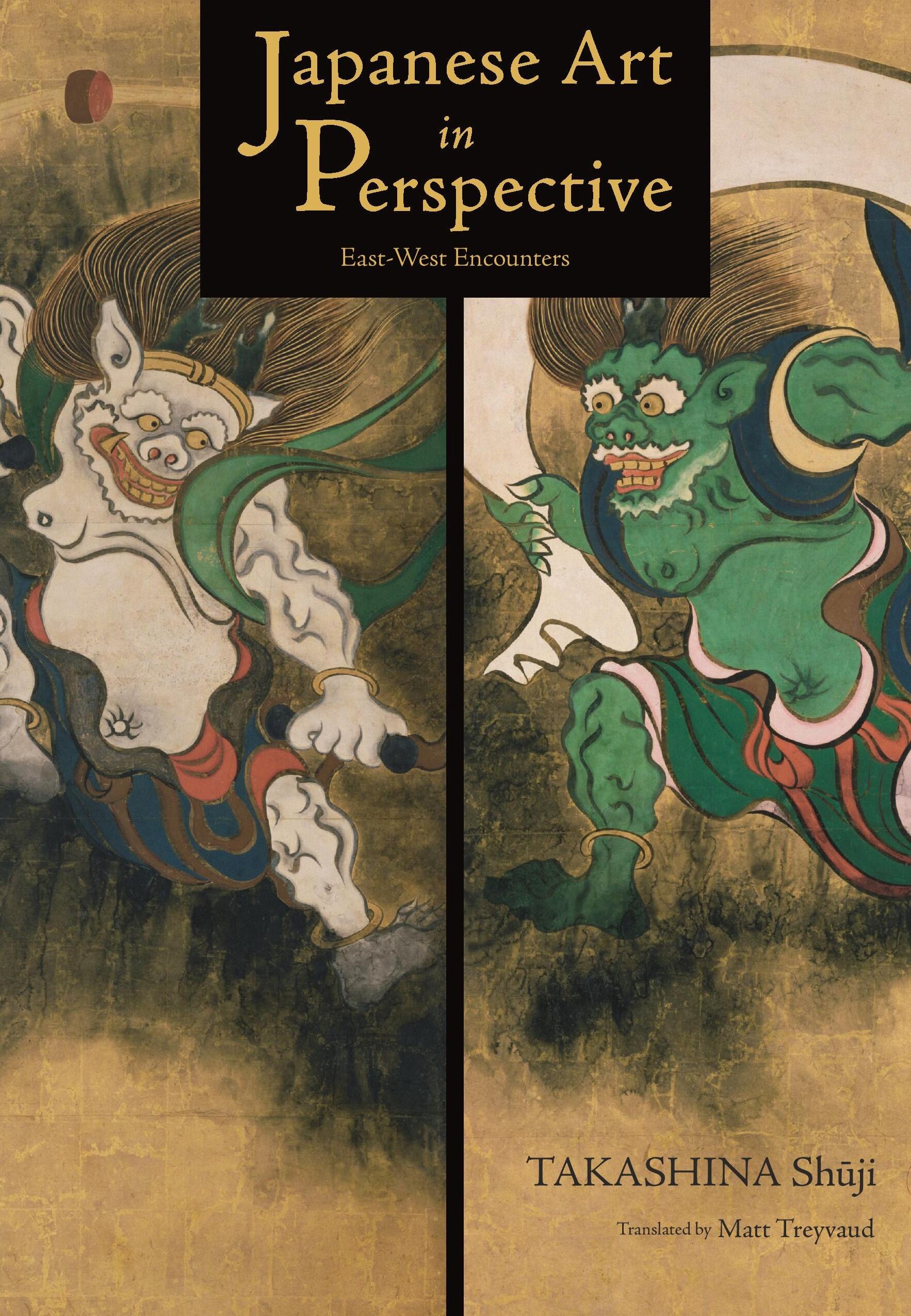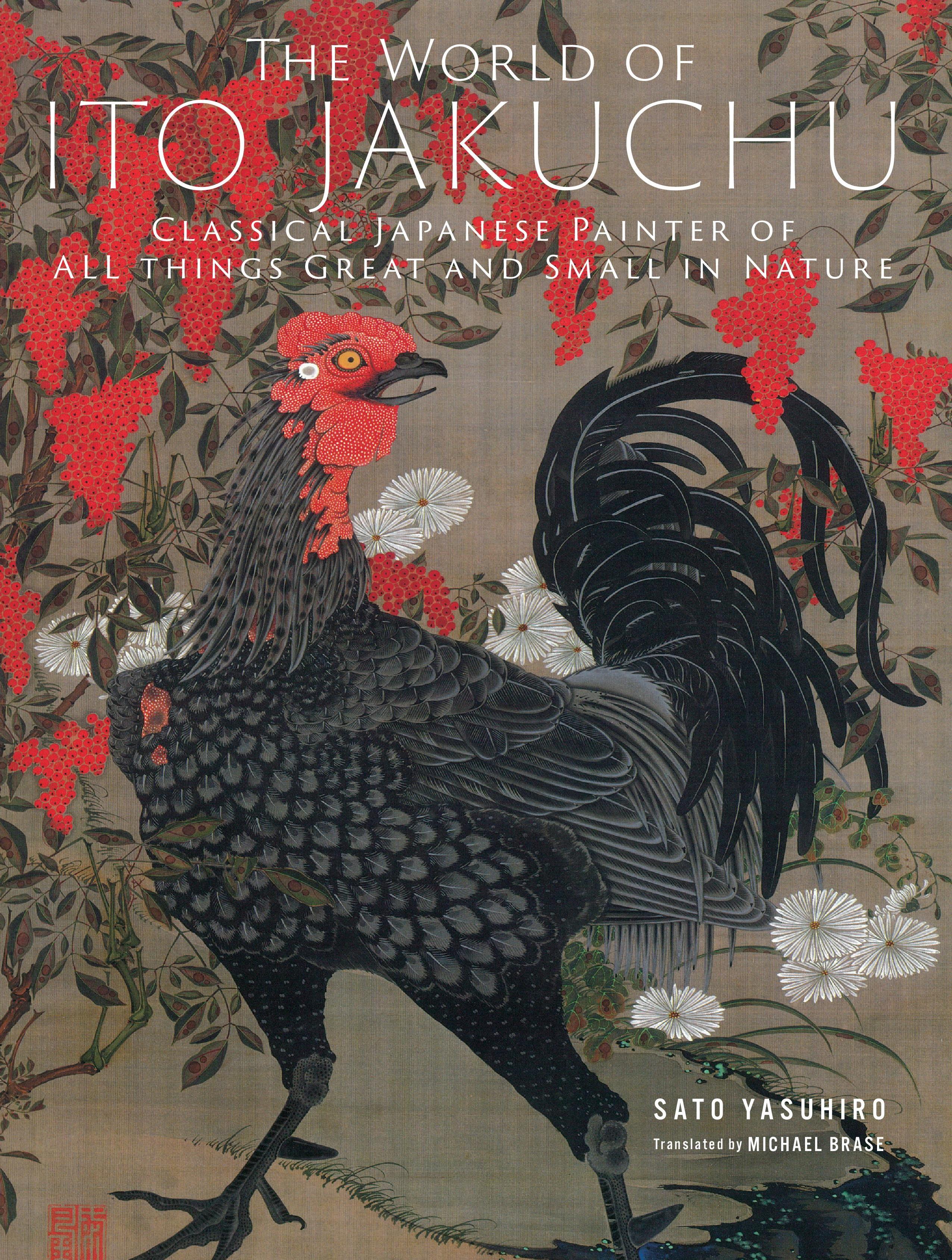What makes Japanese art unique? In The Japanese Sense of Beauty, art critic and historian Takashina Shūji reflects on the aesthetic and philosophical sensibilities underlying Japanese art throughout its history, from the earliest calligraphy and painted screens to modern masters like Hishida Shunso and Yokoyama Taikan.
Along the way, Takashina explores themes such as the relationship between subjective perspective and “flat” composition and the playful intermingling of word and image throughout the plastic arts of Japan. He also offers fresh critical perspectives on many individual artists, including Takeuchi Seihō, one of the first to fuse traditional techniques with Western realism, and Takahashi Yuichi, who combined a vivid mastery of texture with deceptively traditionalist compositions. Other essays in this wide-ranging collection touch on everything from the symbolism of Mount Fuji to the ancient music known as gagaku, showing how even the most disparate topics can shed new light on what is essential to Japanese culture.
The Japanese Sense of Beauty is an important contribution to the study of aesthetics and cultural history, offering insights that will change the way you think about Japanese art.

